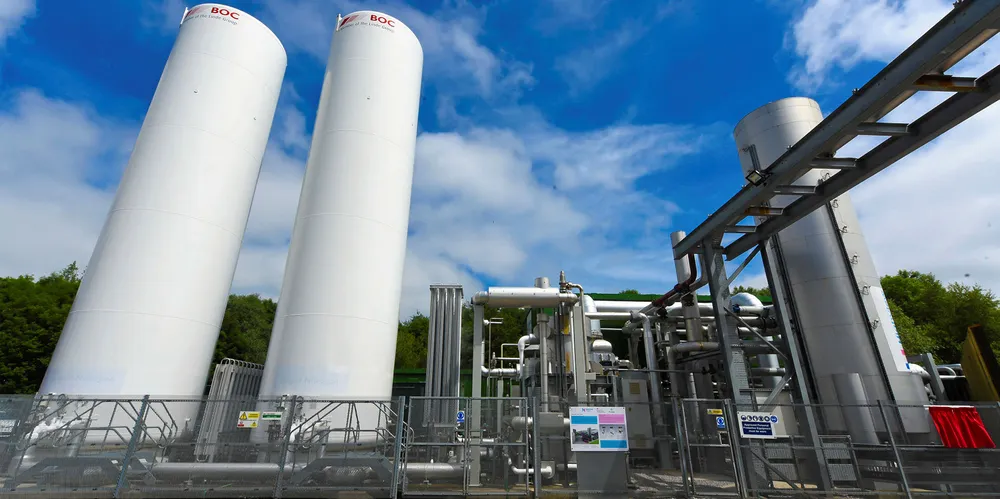Liquid-air storage offers cheapest route to 24-hour wind and solar
IN DEPTH | A wind-powered LAES system would already be a cheaper back-up for variable renewables than a gas peaker plant, and could be the game-changer the energy industry needs

IN DEPTH | A wind-powered LAES system would already be a cheaper back-up for variable renewables than a gas peaker plant, and could be the game-changer the energy industry needs
